… or a “built-in modulator” for your retro thingy 😉
Yes, I was away from the keyboard for a while ;P
The “why ?”
So this idea came after I bought a CPC 464 followed by a gray speccy +2.
Both machines are outputting an RGB signal that is quite solid if you have a proper and dedicated cable. Problem is that I am tired of making a cable for every machine that I own. I’ve figured that it would be very handy to have some sort of a small modulator on a PCB that is capable of outputting composite or even better, s-video signal. Obviously, I started to look for an existing solution and I’ve found one. There is an excellent article on CPCWIKI that describes how it is done in the CPC world.
Bryce created a very nice solution based on an AD724 chip. That chip can handle RGB input signal and convert it to either composite or s-video – which is exactly what I need. However, I decided to make my own PCB. I wanted to have an s-video and composite outputs on a single PCB.
Work in progress
Of course, I had to start with my own board layout so after a while …
Yes, I know, I am not a routing PRO 😉
A few days later, the first batch of PCBs and parts arrived so I could start working again.
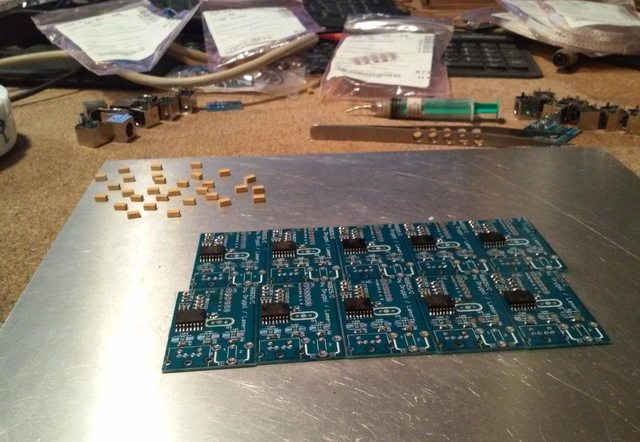
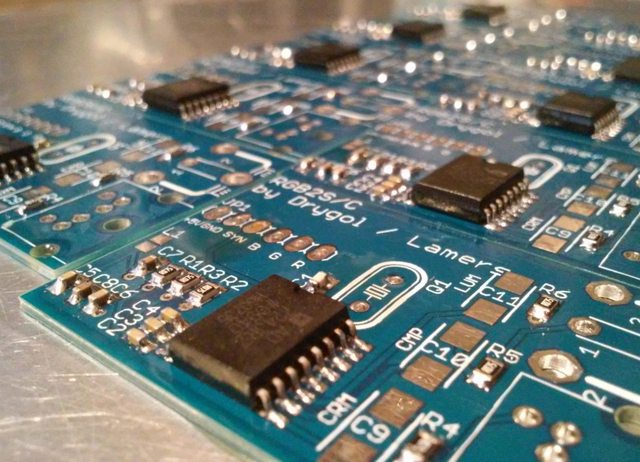
Sometime later I had the first unit ready for testing.
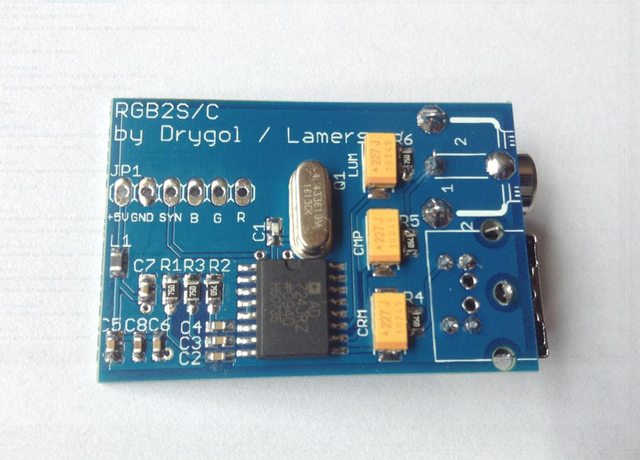
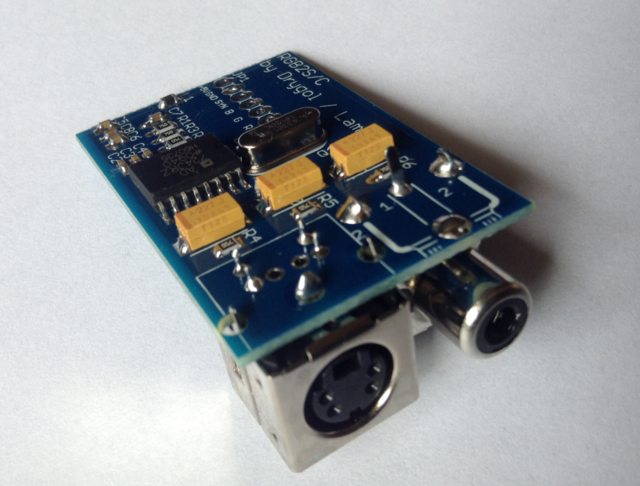
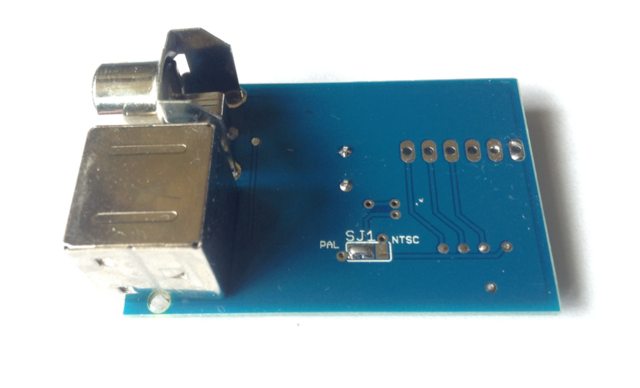
Testing
Amiga 500 was the first in a row to be tested.
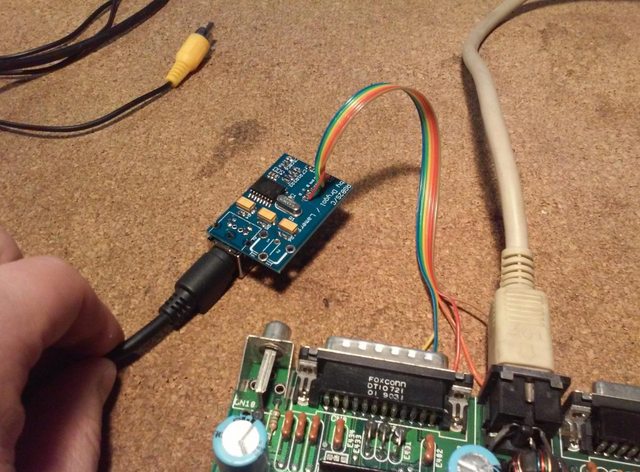
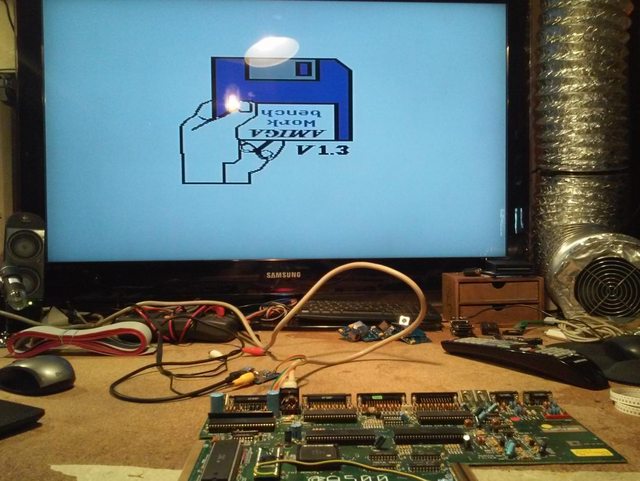
Here is an outcome.
I was super happy with the end result.
I only had to look for a nice place to install a PCB.
At first, I came up with an idea to remove the original RGB socket and put my module in socket’s place. I’ve even 3D printed support for a PCB (red ABS).
However, after a few shots of 40% tea ;P … and some talks with my fellow friends from Lamers, I decided that It has to be moved somewhere else. If I remember correctly, Wiecz0r/Lamers pointed out that some people might wanna use the RGB SCART cable that they already own. Obviously, another good place to mount my module was right next to a motherboard – right under a floppy drive.
I must admit, that drilling a plastic case with a 12mm drill is extremely hard.
It tears too much material at a time. Using a different tool and finishing a hole for cables with a file was so much better idea 😀
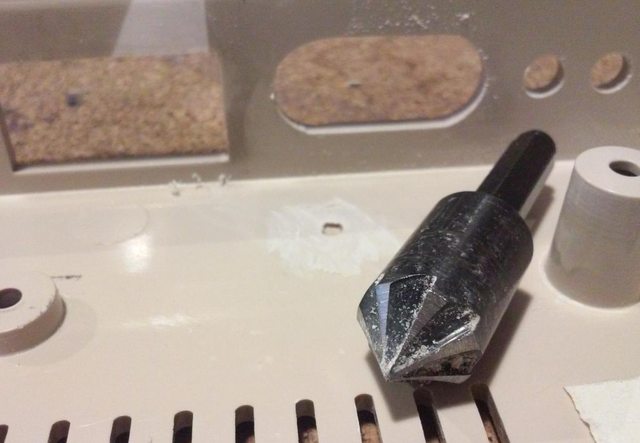
CPC 464 was another machine waiting for some tests.
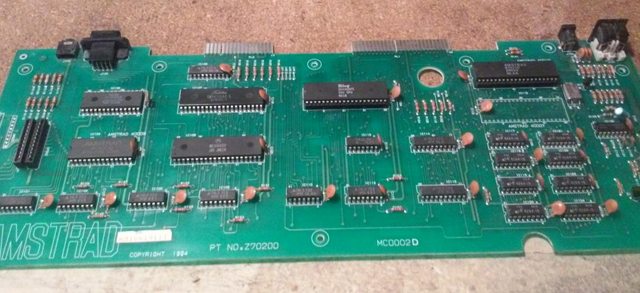
It took me a while to find proper solder points.
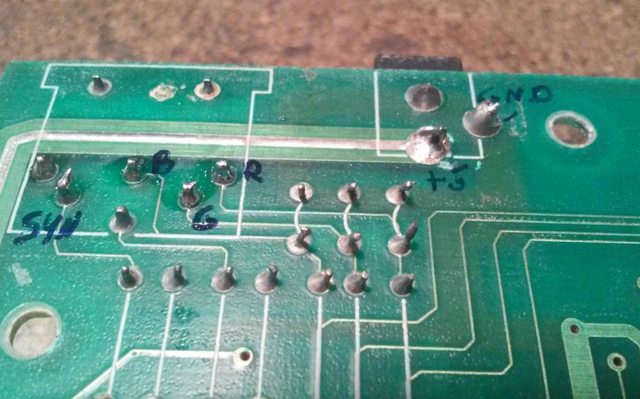
This time, previously 3D printed support, turned out to be quite handy 🙂
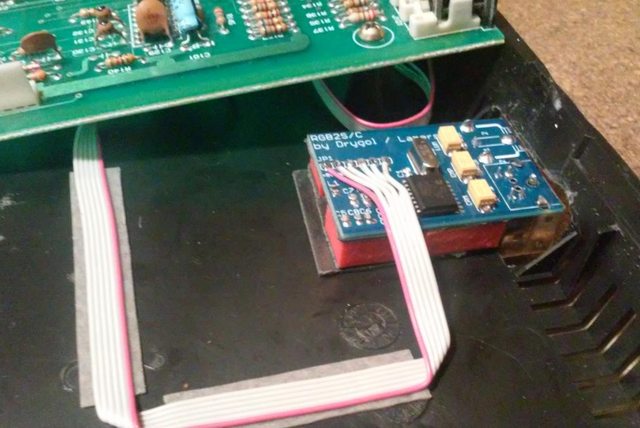
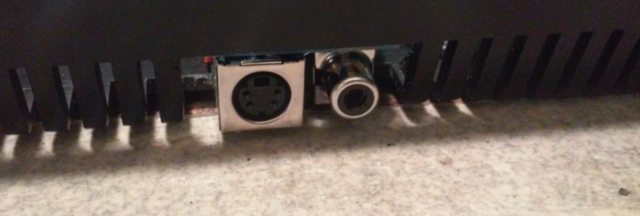
Here is how it works.
Composite video
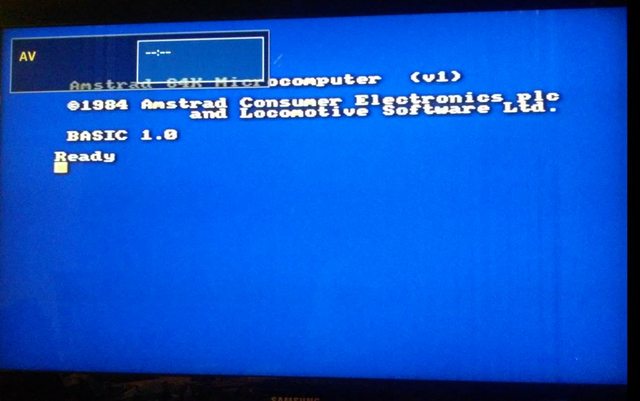

S-Video
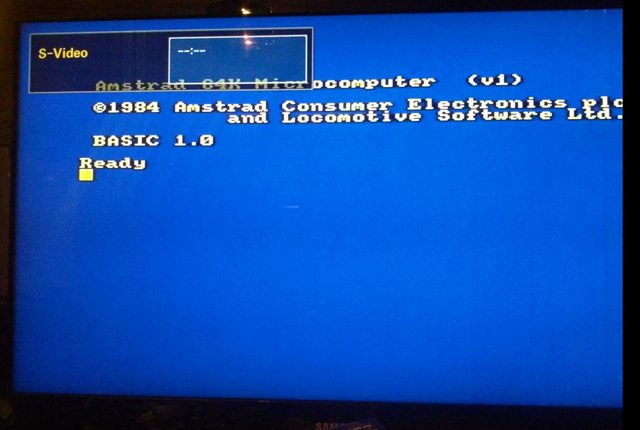
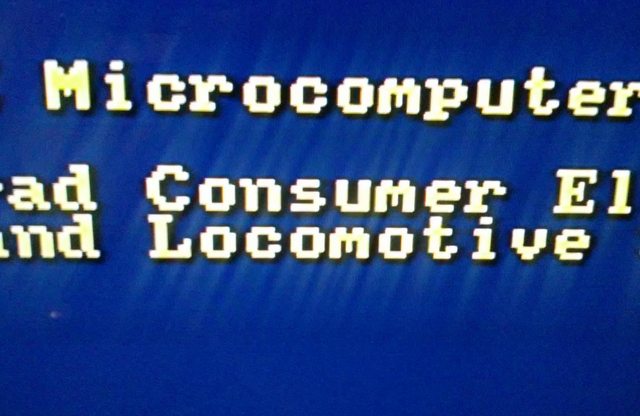
I was a bit skeptical at first. I thought that RGB->S-Video or Composite will look like the output from an old A520 modulator for Amiga, but after some tests, I am super happy with the quality of this mod.
Even composite video is way better than through the original A500 modulator.
This mod is available via our online store
Atari 520 ST, Atari 1040 STe, and Grey 128 +2 are waiting for this mod too 🙂
OUTRO
If you want to get retro gear or hardware modules, please visit our shop
New products are being added every month.
Also, please support our work by spreading info about it.
Without your support, we simply cannot grow and we have a lot of new cool retro hardware (and more) products to come


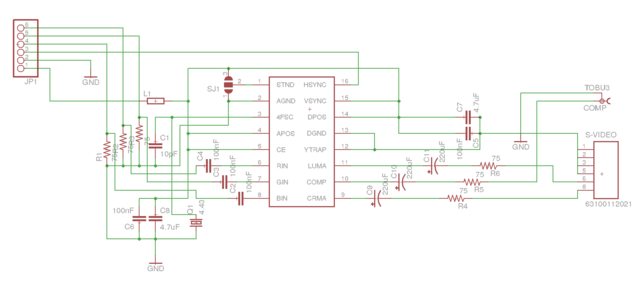
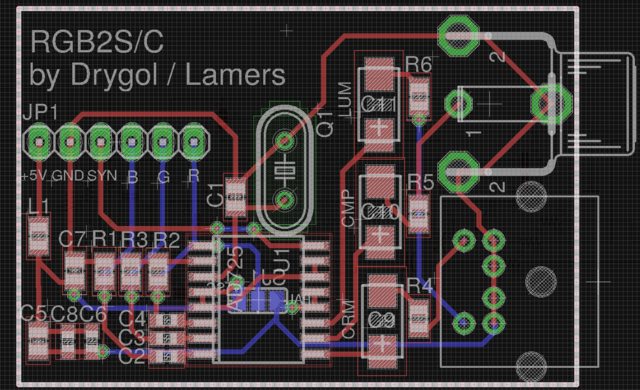


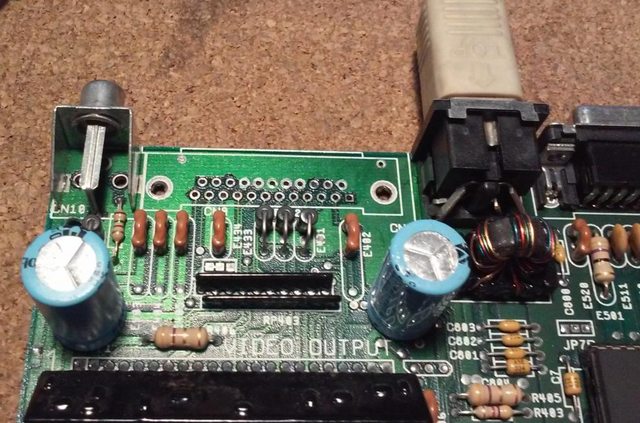
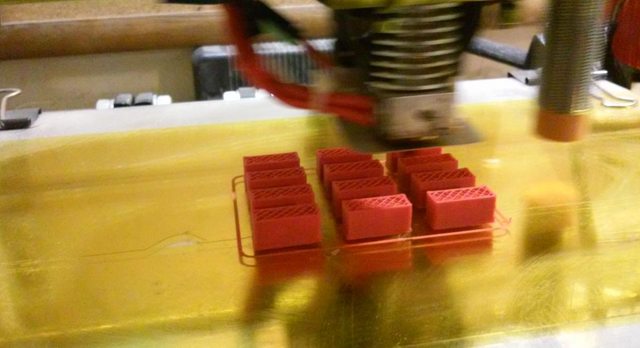
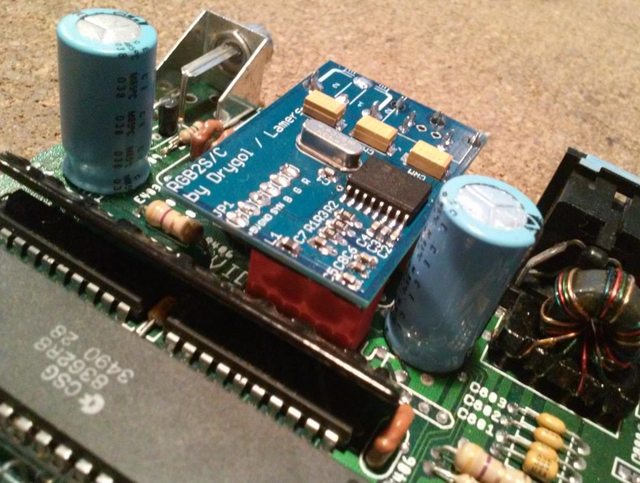
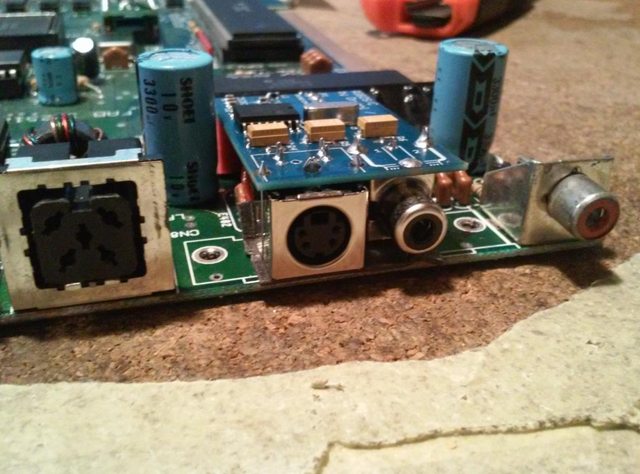
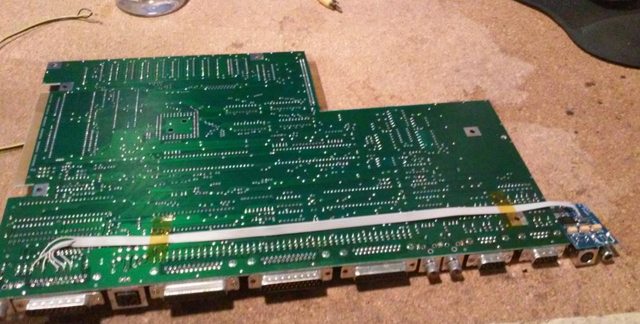
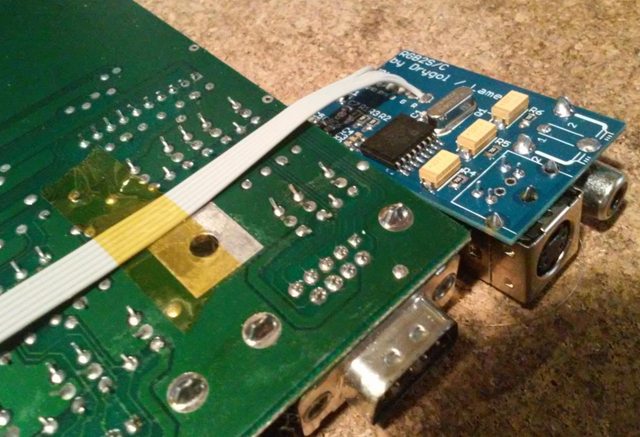
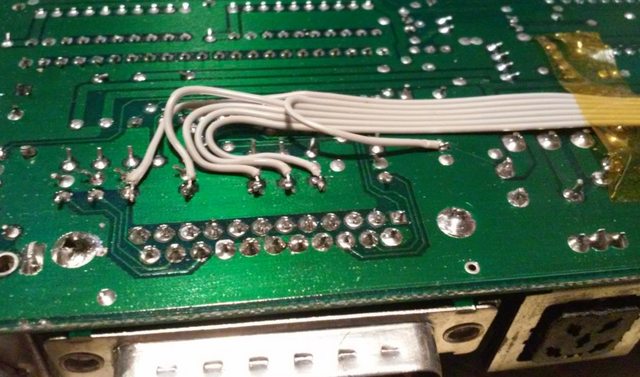
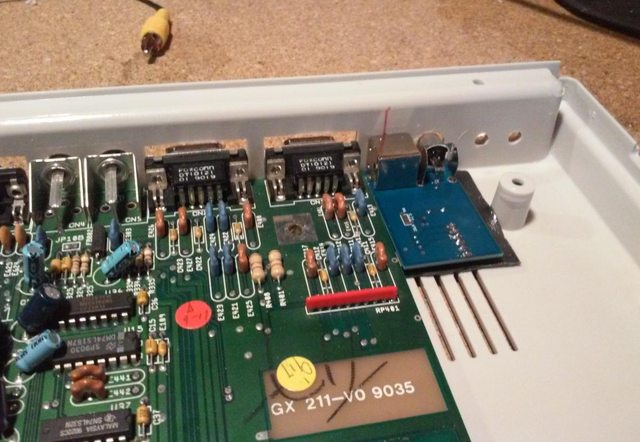
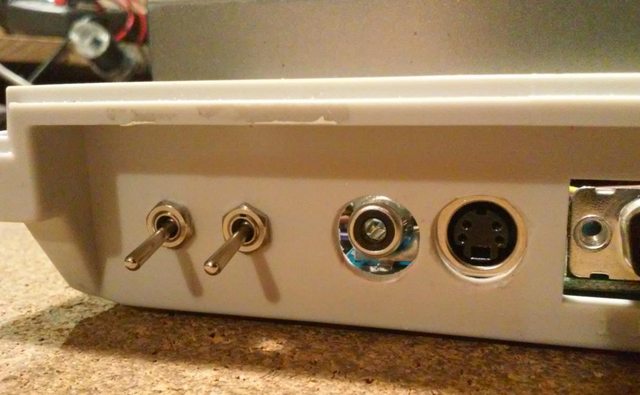


will it work with RGB Commodor 128 output?
C128 has RGBi which is slightly diff. This module won’t work with it.
Hi, Drygol.
Just bought a couple of rgb4all. Could you provide some pictures of how you attached the module to the Amiga 500 case?
Thanks
Osmund
Hello,
I find this page super-useful. One question though:
have you considered using the YTRAP pin of the AD725 chip? I’ve read that it enhances the quality of the composite output. I saw you were using AD725 on the schematics..
Thans,
S
Hi, thank you for kind words 🙂
Actually, this is ad724. It has a better output than 725 but unfortunately a lot of chips that I am getting is dodgy. I am working on a solution based on a completely different chip.
Thanks for your answer! But, that is interesting. I thought the YTRAP pin is for enhancing the composite out compared to 724. I’ve ordered some from both, I would like to check them.